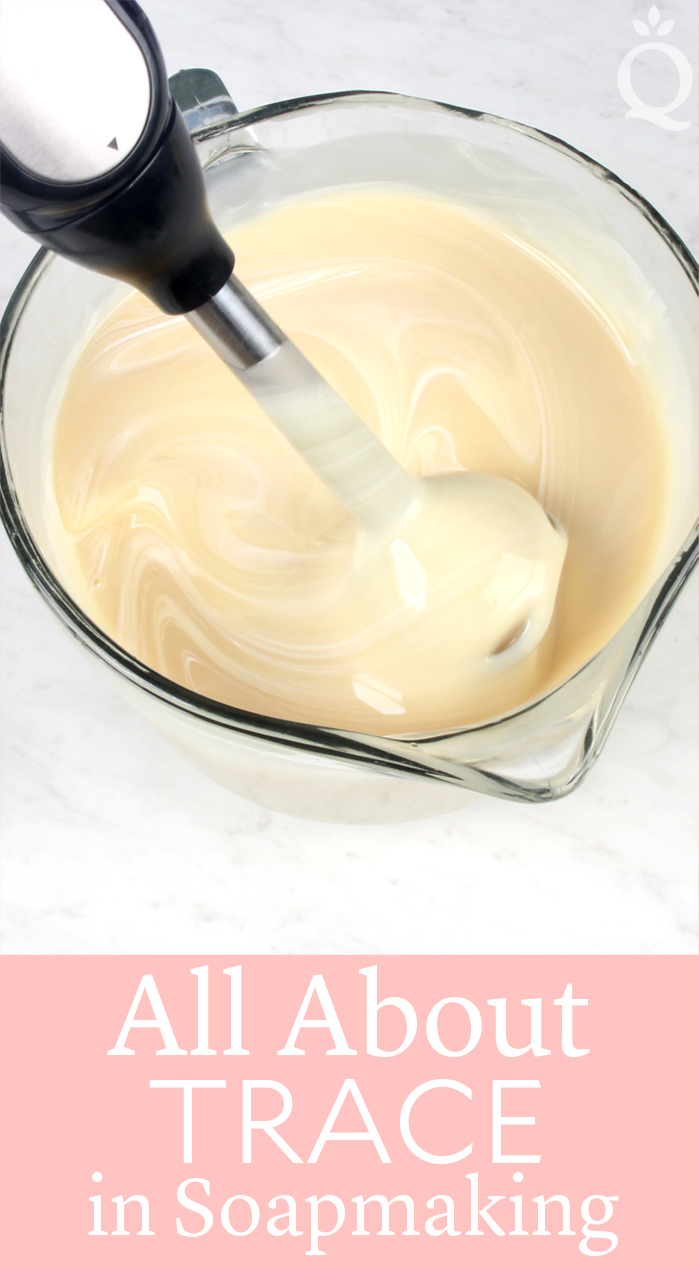If you're a cold process soaper, you've heard the term "trace." Simply put, "trace" refers to the point in soapmaking when the lye water and oils have emulsified and won't separate. There are different types of trace, including thin and thick ...

Yesterday on Soap Queen... |
|
|

If you’re a cold process soaper, you’ve heard the term “trace.” Simply put, “trace” refers to the point in soapmaking when the lye water and oils have emulsified and won’t separate. There are different types of trace, including thin and thick trace, which refer to the consistency of the soap. The concept of trace can be difficult to understand when you’re a beginner. The best way to understand trace is to make soap! After a few batches, you’ll easily be able to differentiate between thin, medium, and thick trace. Once you understand what trace is, you can experiment with manipulating trace with your recipe, your stick blender, and with heat. Learn more in this post, including tips on how to achieve different types of trace. In the Soap Queen TV video above, Anne-Marie demonstrates what different types of trace look like including thin, medium, and thick trace. Where did the term “trace” come from? The term "trace" was created to refer to the point in soapmaking where you can lift out your stick blender, and "trace" your initials into the top of the soap. The video also demonstrates “false trace,” which refers to soap batter that looks like it has emulsified but actually hasn’t. False trace is usually the result of cooler temperatures. Learn more about false trace here, including how to avoid it and how to fix it if it happens to your batch. The post All About Trace in Soapmaking Video appeared first on Soap Queen. |
|
Email subscriptions powered by FeedBlitz, LLC, 365 Boston Post Rd, Suite 123, Sudbury, MA 01776, USA.
Keine Kommentare:
Kommentar veröffentlichen